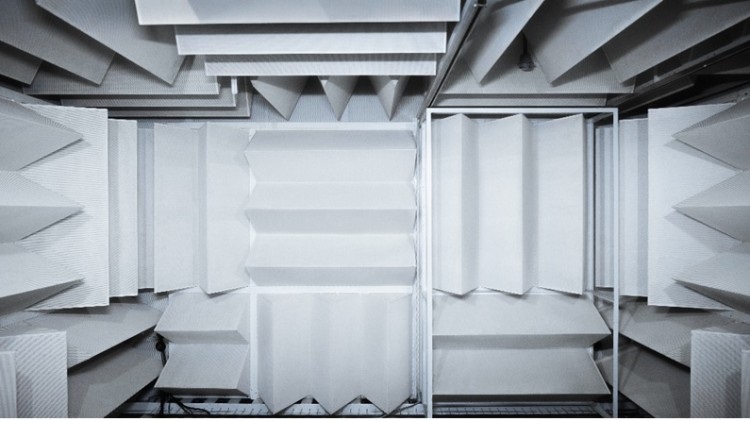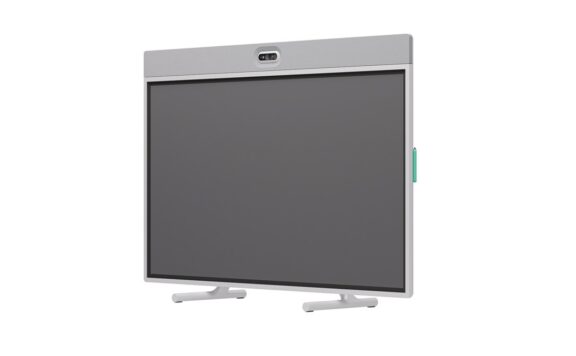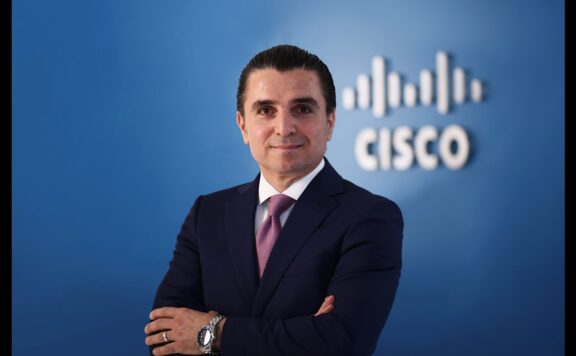True Wireless Stereo (TWS) headphones enable you to listen and communicate freely without being restricted by cables or wires, and TWS headphones with active noise cancellation (ANC) make it possible to immerse yourself in a world of sound.
Recently, Huawei opened up the anechoic chamber, which is free from echo, in its audio lab to outside observers, providing an in-depth look at the R&D that goes into Huawei’s noise reduction technology for TWS headphones. The anechoic chamber is used for collecting sound data in acoustic tests. It minimizes internal sound reflection, external noise, and provides a simulation environment for testing and verifying sound parameter curves.
Huawei’s anechoic lab is located underground to ensure as quiet an environment as possible. The thick walls and mufflers in the ventilation ducts prevent outside noise from seeping in.
You’ll notice that there aren’t any walls, floors or ceilings in the anechoic chamber. Instead, the whole room is covered with sound-absorbing and noise-reducing panels, composed of sound-absorbing materials designed in wedge shapes, with tiny surface holes for absorbing sound and minimizing sound reflection.
Human sound perception is not just reliant on the ear to pick up sound but is also affected by the structure of the human pinna, ear canal, and other body parts. When the sound enters the ear, it is processed in a number of ways, including refraction, diffraction, and inflection, before being sensed by the nerves of the brain. The brain then accurately determines the orientation, tone, and volume of the acoustics.
In order to accurately capture the impact of such processes on sound acquisition, the anechoic chamber is equipped with specialized human head simulation recording equipment, which simulates the pinna and ear canal, and places two miniature omnidirectional microphones in the ear canal of the equipment (close to the eardrum) to reproduce all of the effects sound has on the human ear.
In addition, the anechoic chamber comes equipped with speakers that are distributed across multiple directions, and are capable of playing multi-band sound. Engineers operating from the workbench have the speakers play a wide range of noise sources encountered in daily life. The noise is picked up by the simulated human head recording device to test and verify its acoustic characteristics.
The Huawei audio department has six R&D centers spread around the world and employs more than three hundred audio R&D engineers. In Europe, where acoustic research is most advanced, Huawei has established a number of audio labs, including the German Acoustic Research Center, which conducts noise analysis and AI noise reduction algorithm research, as well as the Finnish Multimedia Audio Lab, which conducts noise reduction tests for the different acoustic characteristics in audio products.





